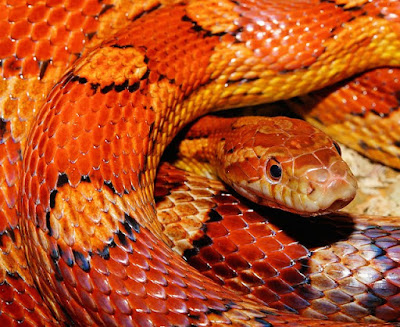| Mazus reptans |
Most folks have one – a low, moist spot in the lawn. You’ve been meaning to do something about yours, but haven’t decided what. Here’s an idea. Plant mazus! So long as the soil isn’t under water or bone dry, mazus could be the ground cover for you.
Creeping Mazus (Mazus reptans) is a dense low-growing ground cover with bluish to white flowers that just LOVES moist soil. It grows to about 2” in height. Each plant spreads to about 12” across, but strikes roots as it grows, so for all practical purposes it spreads indefinitely.
Creeping Mazus produces lots of interesting lavender blue or white flowers resting on evergreen to semi-evergreen foliage from spring to summer. It’s cold-hardy to USDA climate zone 4, and tolerates heat into zone 9. Though it thrives in full sun and partial shade, partial shade is recommended particularly in hotter areas.
As long as the soil is consistently moist, mazus will thrive. The soil pH can range from 6.0 to 8.5.
Mazus tolerates some foot traffic, so it’s an ideal lawn substitute. You can plant it under downspouts and any other area where water temporarily collects.
Fertilize in spring to early summer. I think that organic lawn fertilizer is best, but if you choose to spread synthetic fertilizer, use a low-nitrogen 5-5-5 mix. Be careful to avoid fertilizers that might burn the tender green leaves. If you broadcast granular fertilizer with a spreader, be sure to water it in after applying to rinse off the plants.
It ought to go without saying, but I’ll say it anyway. Don’t use a broadleaf weed herbicide on your lawn where mazus is planted.
You might like mazus so well that you want to plant more in other moist areas. You can buy more, or you can propagate your own. Clip off runners about 6” long and stick the lower ends into small plastic pots with some moist premium potting mix. Keep them in the shade until they root, which shouldn’t take more than a few days. The rooted cuttings can be transplanted wherever needed. You can also divide your plants in early spring by slicing across a mature plant with a sharp spade, digging up one half and transplanting it elsewhere.
Growing Creeping Mazus really is that easy. Get started with your new mazus ground cover.

.jpg)
